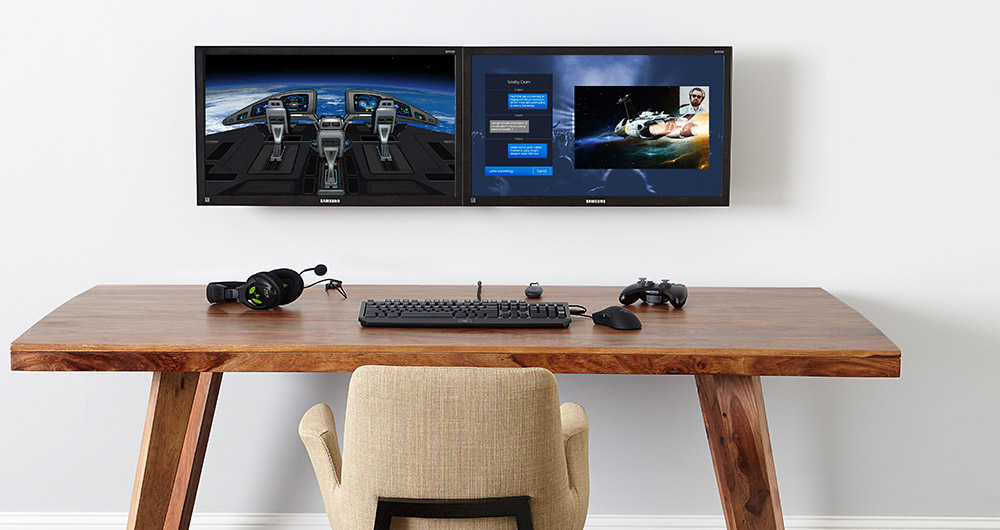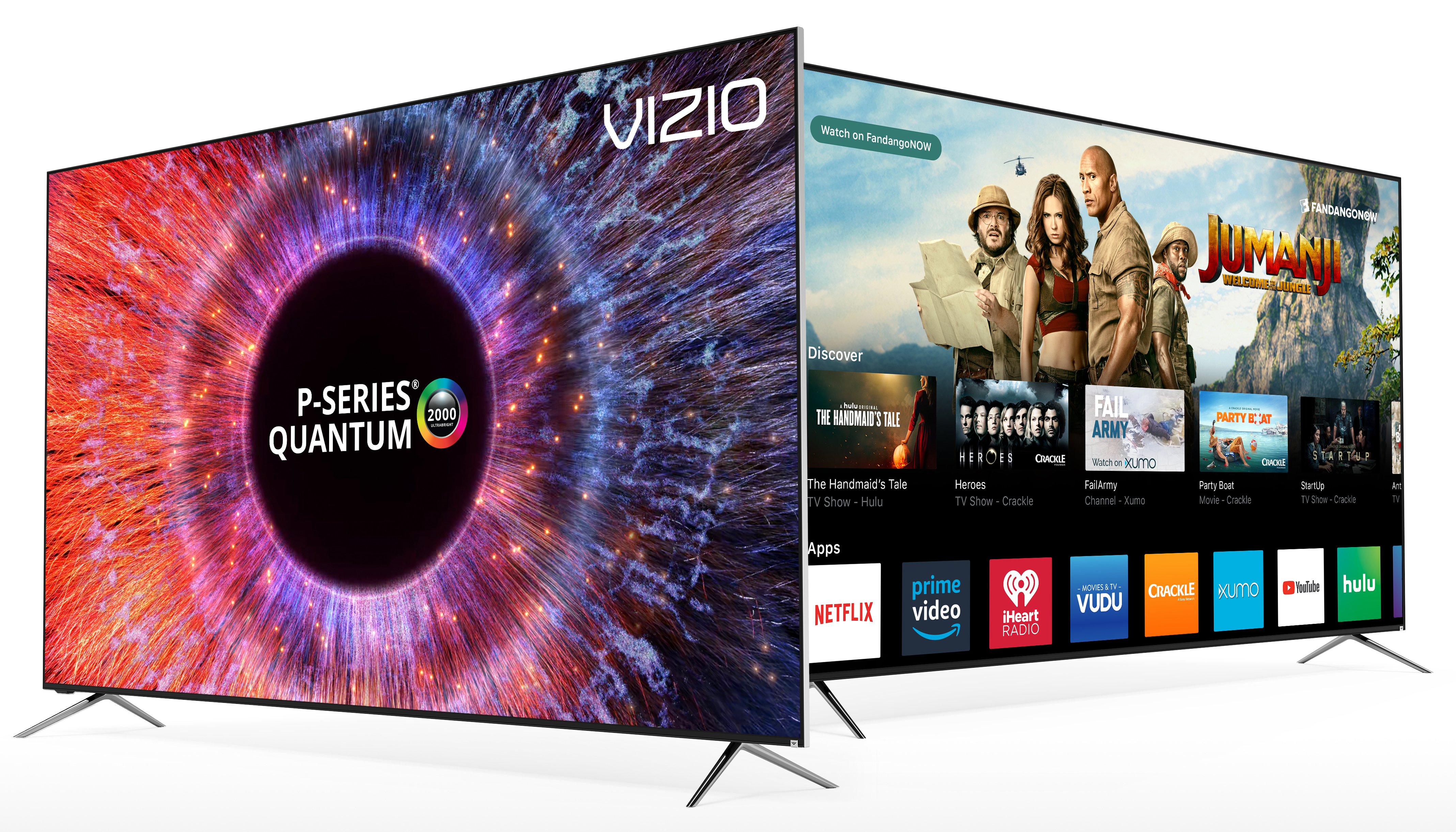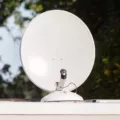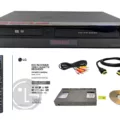Wall mounts for monitors are becoming increasingly popular in today’s world of work and entertainment. Not only do they save space, but they also offer a more ergonomic viewing experience. In this article, we will discuss some tips and tricks for setting up your wall-mounted monitor.
1. Choose the Right Wall Mount
Before you start setting up your monitor, it’s important to choose the right wall mount. There are two main types of wall mounts: fixed and adjustable. Fixed wall mounts are the most affordable option and are ideal for monitors that won’t need to be adjusted frequently. Adjustable wall mounts, on the other hand, allow you to adjust the height and angle of your monitor to suit your needs.
2. Install the Wall Mount
Once you have chosen the right wall mount, it’s time to install it. Most wall mounts come with detailed instructions and all the hardware you need to install them. Make sure to follow the instructions carefully and use the right tools for the job. You should also ensure that the wall you are installing the mount on is sturdy enough to support your monitor.
3. Attach the Monitor
Once the wall mount is securely installed, it’s time to attach your monitor. Most monitors come with mounting plates on the back that make it easy to attach them to a wall mount. Simply attach the mounting plate to the wall mount and then attach the monitor to the mounting plate.
4. Adjust the Height and Angle
Once your monitor is attached to the wall mount, it’s important to adjust the height and angle to suit your needs. The top of the monitor should be at or slightly below eye level, and your eyes should look slightly downward when viewing the middle of the screen. You should also position the monitor at least 20 inches away from your eyes.
5. Hide the Cables
One of the benefits of a wall-mounted monitor is that it can help keep your workspace tidy. To keep your workspace looking neat and organized, make sure to hide the cables. This can be done by routing the cables behind your desk or using cable management clips to keep them organized and out of sight.
Wall-mounted monitors are a great way to save space and improve your viewing experience. By choosing the right wall mount, installing it correctly, adjusting the height and angle of your monitor, and hiding the cables, you can create a comfortable and organized workspace that will help you be more productive.

The Benefits of Wall Mounting a Monitor
Wall mounting a monitor can be a good idea for a number of reasons. Firstly, it frees up desk space, which can be particularly useful if you work in a small office or have limited space at home. This can help to increase productivity and make it easier to focus on your work.
Secondly, wall mounting a monitor can help to reduce neck and eye strain, as it allows you to adjust the height and angle of the screen to suit your individual needs. This can be particularly important if you spend a lot of time working on a computer, as it can help to prevent long-term health problems such as neck and shoulder pain, headaches, and eye strain.
In addition, wall mounting a monitor can also help to improve the overall aesthetics of your workspace. With proper installation and arrangements, monitor wall mounts can minimize the number of cables and wires for your monitor that is exposed, which helps to make your desktop look neat and tidy. This can be particularly important if you work in a client-facing role, as it can help to create a professional and polished impression.
Wall mounting a monitor can be a good idea for a range of reasons, including increased productivity, improved health and well-being, and improved aesthetics. However, it is important to ensure that the mount is installed correctly and securely and that the monitor is positioned at the correct height and angle for your individual needs.
Mounting Monitors to the Wall
It is possible to mount any type of monitor to the wall. Modern monitors usually come with a VESA (Video Electronics Standards Association) mount, which is a standard bracket that can be used to attach the monitor to a wall mount or arm. In case your monitor doesn’t have a VESA mount, there are still mounting options available such as adhesive mounts, clamps, or brackets. You can also use a universal adapter to attach the monitor to a VESA mount.
When mounting a monitor, it is important to take into account the weight and size of the monitor and choose a suitable wall mount. There are different types of mounts available, including fixed mounts, tilting mounts, and articulated mounts, each with its own advantages and disadvantages. It is recommended to consult the manufacturer’s instructions or seek professional advice to ensure that the mount is properly installed and secure.
It is possible to mount any monitor to the wall using a VESA mount or other mounting options, and it is important to choose a suitable mount and follow proper installation guidelines to ensure safety and stability.
Ideal Height for Wall-Mounted Monitor
When it comes to mounting a monitor on a wall, it is important to consder the optimal height for comfortable and healthy viewing. The ideal height for a wall-mounted monitor is generally at eye level, or slightly below it. This means that the top of the screen should be positioned no higher than the level of your eyes.
Additionally, it is recommended that the monitor is positioned at least 20 inches or about an arm’s length distance from your eyes. This will help to prevent eye strain and ensure that you are not leaning forward or squinting to view the screen.
The optimal height for a wall-mounted monitor is at or slightly below eye level, and the monitor should be positioned at least 20 inches away from your eyes for comfortable and healthy viewing.
Conclusion
Setting up a wall-mounted monitor can be a great way to improve your viewing experience and free up desk space. With the availability of mounting plates on the back of most modern monitors, it’s easy to find a compatible mounting product to suit your needs. Additionally, proper monitoring height and distance from your eyes can help reduce eye strain and improve posture. By investing in a monitor wall mount, you can not only enhance your viewing experience but also make your workspace look neater and more organized. So, don’t hesitate to explore the various mounting options available and find the perfect setup for your needs.








